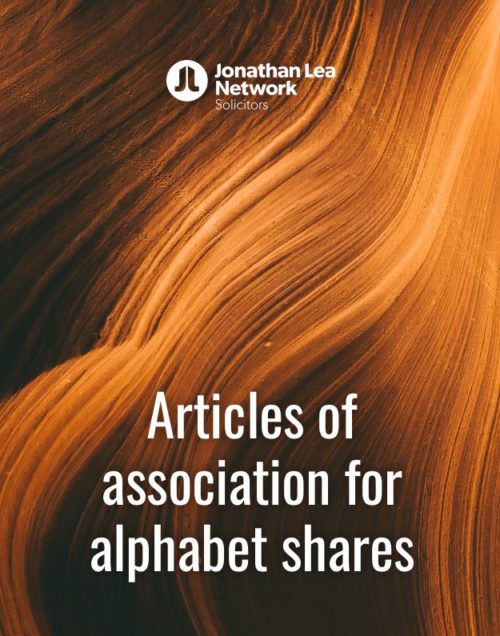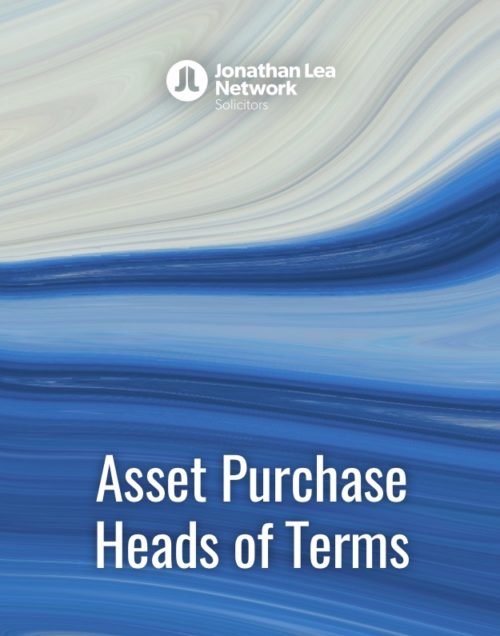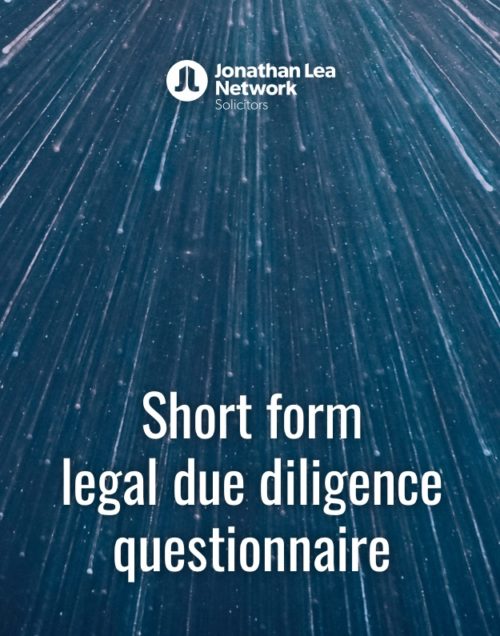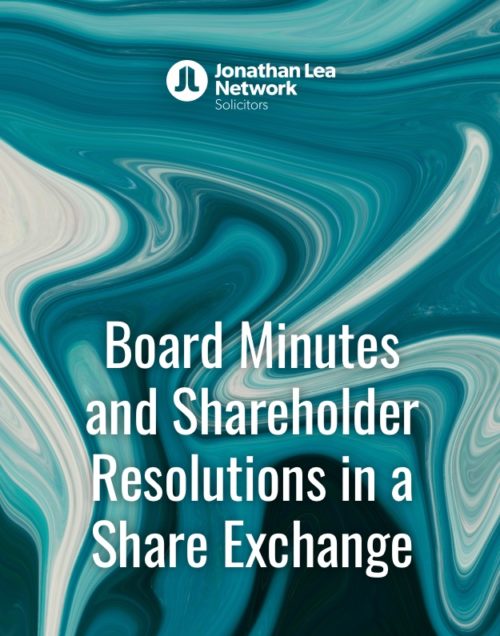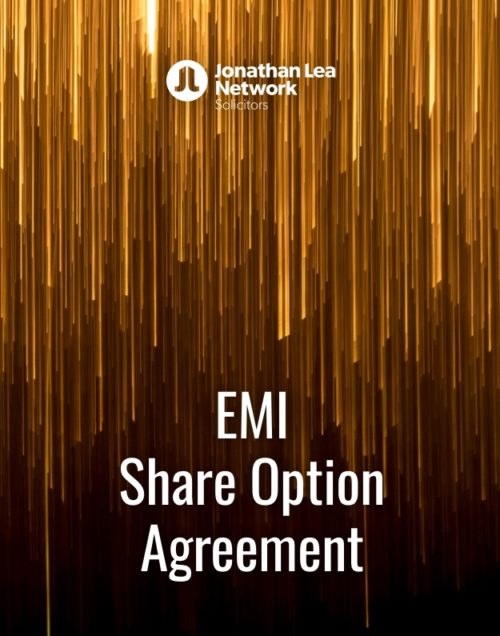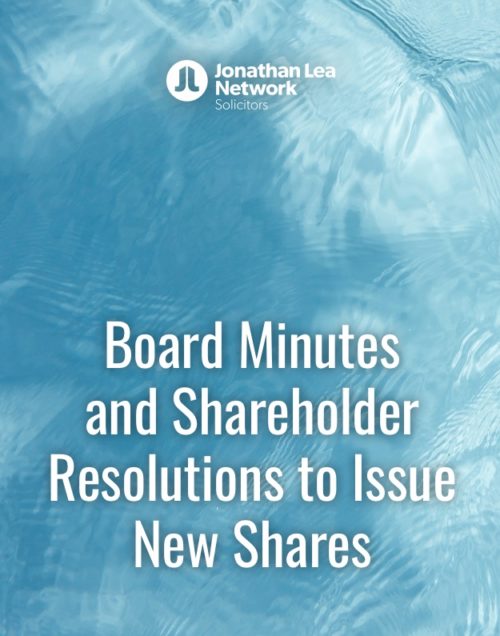Share for share exchange agreement
£20.99
This product constitutes an easily adaptable share for share exchange agreement template, together with a set of tailored guidance notes which aim to set out how to correctly fill-out the template and explain all significant provisions so as to allow you to put into effect a valid and legally binding agreement.
It is advisable that this template is used alongside our share for share exchange clearance letter, given that it is almost always beneficial to seek official confirmation from HMRC in the first instance and for them to confirm that the transaction (i.e. the share for share exchange) that you seek to enter into will be tax exempt.
Further down the page are our guidance notes relating to this template which you will also receive as a separate document when you buy the product.
Clause breakdown
Clause 1 (Interpretation)
Clause 1.1 sets out the definitions that will apply throughout the share for share exchange agreement. Clauses 1.2 – 1.8 are standard interpretation clauses that are used in most commercial contracts and agreements.
Clause 2 (Sale and purchase)
This clause sets out the agreement to sell and purchase the sale shares. The rights, benefits and title to and in the sale shares are sold under this clause with full title guarantee which implies that the transferor has the right to sell the shares, the transferor will do all that they reasonably can to give title at their own cost and that the sale is free from encumbrances. As this agreement is a share for share exchange this clause should prove to be acceptable.
Clause 3 (Purchase price)
This clause confirms that the consideration for the sale shares is the allotment of the shares in the transferee as specified in Schedule 1.
Clause 4 (Completion)
This clause sets out what the transferor and transferee must each do and deliver to each other in order to complete the sale of the sale shares in the company.
Clauses 5-10 (Boilerplate clauses)
Clauses 5-10 of the share for share exchange agreement are called “boilerplate” clauses. These kinds of provisions are repeated in all kinds of contracts and are responsible for regulating the operation of the contract.
Boilerplate clauses do not usually contain the commercial terms that vary from one transaction to another.
Boilerplate clauses are often standard, and most are not typically heavily negotiated. They are nevertheless important as many contractual disputes depend on the drafting of boilerplate clauses such as entire agreement clauses.
All of the boilerplate clauses contained within this template use standard wording and are drafted as they would be for most commercial contracts.
Where your input is required on the template
All areas that require your input have been highlighted in yellow within the template. By way of summary, you will need to insert or amend the following information:
- Date the agreement has been validly executed (please see cover page);
- Name of transferors (please see cover page);
- Name of transferee (please see cover page); and
- The date the agreement has been validly executed (please see page two).
Parties
- Transferee’s details including full company name, company number and the company’s registered office address (as at Companies House) (please see page two).
Background
- Company details that the transferor(s) previously held shares in including full company name, company number, date of incorporation, the company’s registered office address, value of the company’s total issued share capital, number of shares and the nominal value of the shares (please see page two).
Clause 1 – Interpretation
- The number of shares being transferred and the nominal value of the shares (please see page three).
Schedule 1 (please see page 6)
- Names and addresses of the transferors;
- Number of ordinary shares the transferors each hold in the company; and
- Number of ordinary shares the transferors each hold in the transferee.
Execution page
- The name of the transferors (please see page seven); and
- Name of the director signing on behalf of the company buying back the shares, as well as the name of that company (please see page seven).
Please also note that the agreement is based on only ordinary shares being involved in the share for share exchange and you may need to insert additional information or amend the agreement where necessary.


